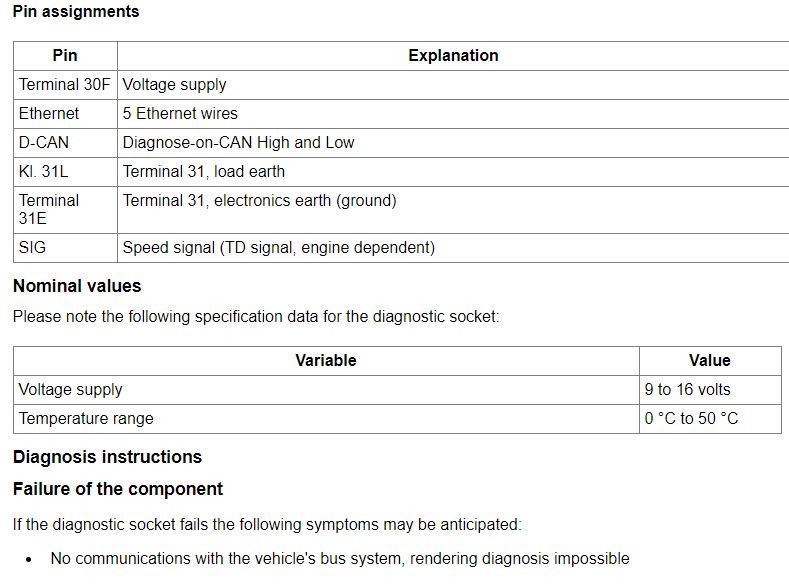For owners and technicians working on a 2007 BMW 750, locating the OBD2 port is the first step in diagnosing vehicle issues. This port, essential for connecting scan tools, is your gateway to accessing the car’s computer systems for troubleshooting and maintenance.
The OBD2 port in a 2007 BMW 750 is typically located under the dashboard on the driver’s side. You’ll usually find it in the vicinity of the steering column. This standardized location makes it easily accessible for diagnostic checks.
Once you’ve located the port, if you’re experiencing issues with your scan tool connecting or powering up, several factors could be at play. Troubleshooting a non-functional OBD2 port involves checking the power supply, wiring, and the port itself.
One potential issue is the Front Electronics Module (FEM) and its associated fuse, specifically fuse 12, located in the passenger A-pillar area. This fuse powers the OBD2 port. However, if this fuse is blown, you would likely notice other symptoms like non-functioning DSC or HVAC systems.
To diagnose power issues, use a multimeter to check DC voltage at the diagnostic socket. Battery voltage (Terminal 30F), load earth (Terminal 31L), and electronics earth (Terminal 31E) are crucial for the OBD2 port’s operation. These connections extend from the vehicle’s electrical system to the diagnostic socket.
A terminating resistor (approximately 120 ohms) between Pins 6 and 14 (CAN connection) is also important for proper communication. Pin 9 may carry the engine speed signal, depending on the engine type. For Ethernet connections, a total of 5 pins are necessary.
If voltage checks out, inspect the diagnostic socket harness from the port to the FEM for any breaks or shorts.
Finally, verify power and ground at the FEM itself. Consider if other electrical issues are present in the car, which might indicate a shared underlying cause. Thoroughly testing all vehicle systems can help pinpoint the root of the OBD2 port problem.
